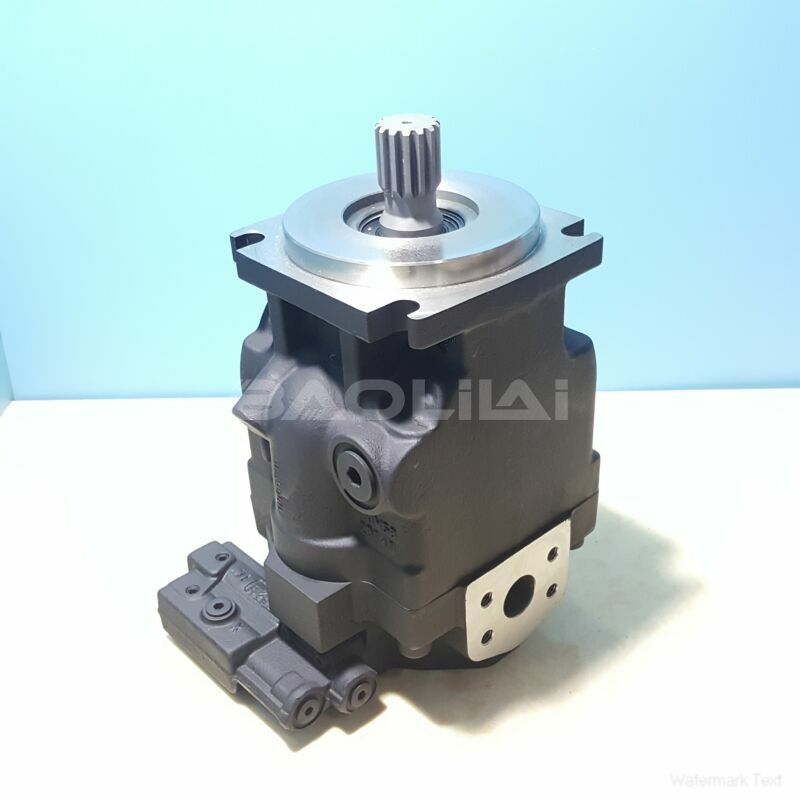JRRS65CPC21NNNNN3C2N9A8NNNNJJJNNN piston pump
JRRS65CPC21NNNNN3C2N9A8NNNNJJJNNN piston pump

- Product Details
- Applicable Scene
Hydraulic pumps are essential components in fluid power systems, playing a critical role in the efficient circulation and handling of fluids within manufacturing facilities. These pumps convert mechanical energy into hydraulic energy, enabling the movement and control of fluids with precision and reliability. As industries continue to evolve, the importance of hydraulic pumps in enhancing productivity and operational efficiency becomes increasingly evident.
JR-R-S65C-PC-21-NN-NN-N-3-C2N9-A8N-NNN-JJJ-NNN
JRRS65CPC21NNNNN3C2N9A8NNNNJJJNNN
Understanding the role of hydraulic pumps starts with recognizing their primary function: to generate hydraulic pressure that drives fluid through a system. In manufacturing environments, this fluid power is utilized for a variety of applications, including powering machinery, conducting material handling tasks, and facilitating automated processes. Hydraulic systems often outperform mechanical and electrical systems due to their ability to transmit power over long distances and operate under high pressures.

83027508
One of the key benefits of hydraulic pumps is their versatility. They come in various types, including gear pumps, vane pumps, and piston pumps, each designed to meet specific operational requirements. Gear pumps, for instance, are widely used in applications requiring a steady flow of fluid, whereas piston pumps are ideal for high-pressure scenarios. This diversity allows manufacturers to select the most appropriate pump based on the unique demands of their fluid handling processes.
Fluid circulation is vital in maintaining the operational efficiency of manufacturing facilities. Hydraulic pumps facilitate this circulation, ensuring that fluids are continuously moved and distributed throughout the system. Proper fluid circulation helps in cooling machinery, lubricating components, and removing contaminants, all of which are crucial for maintaining the longevity and performance of equipment. Inadequate circulation can lead to overheating, excessive wear, and ultimately, equipment failure.





